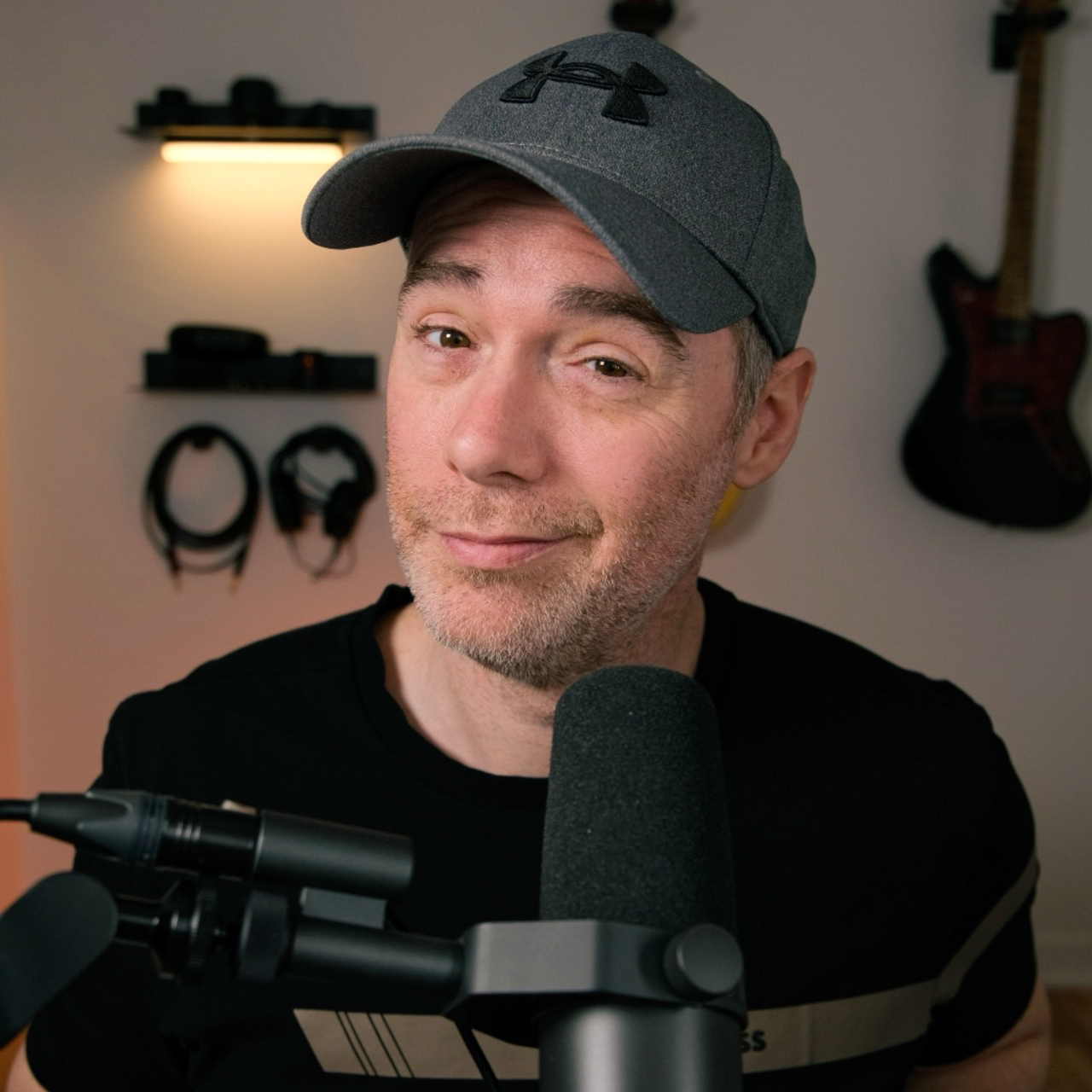I have to be clear though. I'm not anti-VC because I hate venture capitalists. Good friends of mine are VCs and they know where I stand. They're smart people doing their job. VCs have a place in the ecosystem.
No, I'm anti-VC because the entire model is mathematically incompatible with building a good sustainable business. We need to stop acting like it's the only path to success. It's a casino. The house always wins, and you're not the house.
Let me explain.
The Fund Math Problem
A VC fund needs to return 3-5x minimum to be considered successful. But here's the thing: many of their investments will fail completely. Like, to zero. Another chunk will return maybe 1-2x if they're lucky.
So for the math to work, they need a few investments to return 50x, 100x, or more. This isn't greed, it's just how the power law distribution works in their model.
Now think about what that means for you as a founder.
Your profitable SaaS doing $2M ARR growing 20% yearly? That's a failure to most of them. Not because it's a bad business, far from that, but because even at a generous 5x multiple, selling for $10M on a $1M investment is meaningless to their fund.
They need you to hit $50M ARR, or even $100M ARR. Preferably $1B.
The gap between "successful business" and "successful VC investment" is where founders go to die.
The Timeline Distortion
VCs operate on fund cycles. They raise a fund, deploy it over 3-4 years, then have about 5-7 years to return money to LPs. That's a 10-year maximum window.
Your business might naturally grow into something substantial over 15 years, who knows? Compound growth is powerful but it's not fast. But VC money comes with a VC timeline.
So you start forcing things. You hire too fast, expand too early, and maybe build features for hypothetical enterprise customers instead of actual current users. All because the clock is ticking on someone else's fund cycle.
I've watched founders speed-run their companies into the ground trying to hit metrics for the next round instead of building something sustainable.
The Optionality Trap
Here's what they don't tell you: taking VC money often removes more options than it creates.
Can't sell for $10M when you have an offer because that's a "small exit." Can't go profitable and distribute dividends because that's a "lifestyle business." Can't grow slowly and carefully because that's "not venture scale."
You've essentially signed up for binary outcomes: massive success or failure. The entire middle range of outcomes (which is where most successful businesses actually live) becomes unavailable to you.
By contrast, my bootstrapped newsletter business could sell tomorrow for let's say $2M and my co-founder and I would split 100% of that equally. That's life-changing money for a lot of people. It's a rounding error for a VC fund.
Make that make sense.
To be fair, some smaller funds and angels don’t play by that script. They’ll take smaller exits.
The Market Size Delusion
Every VC pitch deck shows a TAM (Total Addressable Market) in the billions. Every founder pretends they'll capture 1% of it. Everyone knows this is bullshit but we all pretend otherwise.
The reality? Most good businesses serve narrow, specific markets really well. My photography newsletter doesn't need to expand into "all visual creators" to be successful. It needs to serve photographers. That's it.
Your Saas that's serving content creators needs to keep serving content creators. It doesn't have to become "Uber but for Content Creators"...
But the moment you take VC money, serving your niche well isn't enough. You need to "expand the market opportunity." So you dilute the product, confuse the messaging, and lose the customers who actually loved what you built.
The Growth Rate Paradox
Many VCs will want 3x year-over-year growth minimum. Sounds achievable when you're going from $10k to $30k MRR. But that same rate means going from $1M to $3M to $9M to $27M.
The tactics that get you early growth don't scale exponentially. At some point, you hit natural market limits, competitive pressures, operational complexity. But the expectation of exponential growth remains.
So you start buying growth. Massive ad spend with questionable ROI. Sales teams selling to customers who shouldn't buy. Aggressive discounting. Anything to hit the number for the next board meeting.
You're no longer building a business. You're feeding a growth monster that's never satisfied.

The Survivorship Bias Machine
We only hear about the winners. The Airbnbs, the Stripes, the Figmas. We rarely hear about the thousands of companies that raised Series A, burned through it, and quietly shut down or sold for parts.
The VC ecosystem is a survivorship bias machine. It needs you to believe you're the exception, not the rule. That your company is different. That you'll be the one to beat the odds.
Statistically, you won't be. And even if you are, the dilution math means you might own 5-10% of that unicorn. Your early employees? Fractions of a percent.
The Alternative Nobody Talks About
Here's what's wild: you can just… build a profitable business. Charge money. Spend less than you make. Grow at whatever rate feels sustainable.
No board meetings. No growth targets set by someone else. No pivoting to chase a bigger market. No begging for permission to make obvious decisions.
Yeah, you probably won't build a billion-dollar company. But you probably weren't going to anyway, statistically speaking.
What you might build is something that pays you $150k, or maybe even $300k-$500k a year, that you own entirely, that you can run however you want. That's not a consolation prize. That's fucking winning.
Why This Matters Now
We're in a moment where the VC model is being stress-tested. Higher interest rates mean LPs have alternatives. The flood of capital from the last decade is drying up. Suddenly, profitability matters again.
But the fundamental math hasn't changed. VCs still need their unicorns. They still need you to swing for the fences. They still need you to prioritize growth over sustainability.
The difference is now they're pickier about who they bet on. Which means even fewer founders will get to play the VC game. Maybe that's a blessing in disguise.
The Philosophical Core
At its heart, this is about what we're optimizing for. The VC model optimizes for massive, rare outcomes. It has to, that's the only way the math works.
But most of us got into building things because we wanted to solve problems, create value, have autonomy. The VC path often takes you further from those goals, not closer.
There's something deeply broken about a system where building a profitable, sustainable business that employs people and serves customers well is considered a "failure" because it's only worth $10 million instead of $1 billion.
We've let the exception become the expectation. We've let the casino define success.
The Real Question
The question isn't "could this be a billion-dollar company?" The question is "do I want to spend the next 10 years of my life trying to build a billion-dollar company with a 95% chance of failure, or do I want to build something profitable that I control?"
Most people never ask the second question because the entire startup ecosystem is designed to make the first question seem like the only option.
I'm not anti-VC because I'm anti-ambition. I'm anti-VC because I'm pro-arithmetic. The math only works if you're building a rocket ship. Most of us are just building good businesses.
And that should be enough.

